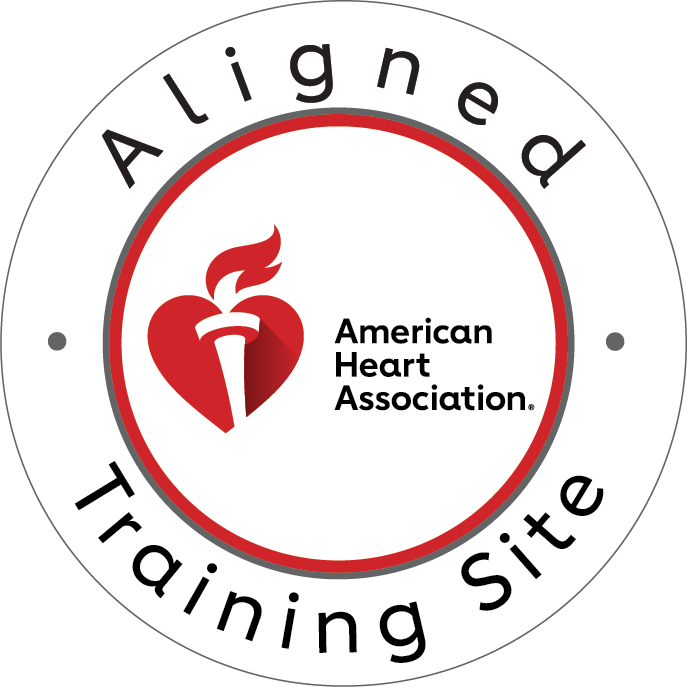When a patient achieves return of spontaneous circulation (ROSC) after cardiac arrest, healthcare providers face a critical decision: how much oxygen should be administered? This question has sparked significant debate in emergency medicine, as the balance between preventing hypoxemia and avoiding hyperoxemia can dramatically impact patient outcomes. Understanding optimal oxygen targets after ROSC is essential for healthcare professionals who want to provide the best possible care during these crucial moments.
The Science Behind Oxygen Targets After ROSC
The relationship between oxygen administration and patient outcomes following cardiac arrest is more complex than many realize. While oxygen is undoubtedly vital for cellular function, research has shown that too much oxygen can be just as harmful as too little. After ROSC, the body undergoes a series of physiological changes that make it particularly vulnerable to oxygen-related complications.
During cardiac arrest, tissues experience significant hypoxia and ischemia. However, when circulation is restored, the sudden reintroduction of oxygen can trigger a cascade of harmful reactions. This phenomenon, known as reperfusion injury, occurs when oxygen-free radicals are produced in excess, leading to cellular damage and inflammation. Therefore, establishing appropriate oxygen targets after ROSC becomes a delicate balancing act between therapeutic benefit and potential harm.
Recent studies have consistently demonstrated that hyperoxemia following ROSC is associated with worse neurological outcomes and increased mortality. This finding has prompted medical organizations worldwide to reassess their oxygen administration protocols and establish evidence-based guidelines for post-cardiac arrest care.
Current Guidelines for Oxygen Targets After ROSC
The American Heart Association and other leading medical organizations have updated their recommendations regarding oxygen targets after ROSC. Current guidelines suggest maintaining oxygen saturation between 94-98% or a partial pressure of oxygen (PaO2) between 80-100 mmHg. These targets represent a significant shift from previous practices that often involved administering high concentrations of oxygen regardless of patient need.
The rationale behind these specific oxygen targets after ROSC is based on extensive research showing that maintaining normoxemia provides the best patient outcomes. Values below 94% may indicate inadequate oxygenation, while levels above 98% suggest hyperoxemia, which can lead to increased oxidative stress and cellular damage.
Healthcare providers must also consider individual patient factors when determining appropriate oxygen targets. Patients with chronic obstructive pulmonary disease (COPD), for instance, may require slightly different targets due to their underlying respiratory condition. Similarly, patients with certain cardiac conditions may need individualized oxygen management strategies.
Monitoring and Adjusting Oxygen Targets After ROSC
Effective management of oxygen targets after ROSC requires continuous monitoring and prompt adjustments based on patient response. Pulse oximetry provides real-time feedback on oxygen saturation levels, allowing healthcare providers to make immediate changes to oxygen delivery. However, pulse oximetry alone may not provide the complete picture, particularly in patients with poor peripheral circulation or carbon monoxide poisoning.
Arterial blood gas analysis offers more comprehensive information about oxygenation status and should be obtained regularly in post-ROSC patients. This test provides specific measurements of PaO2, carbon dioxide levels, and acid-base balance, all of which are crucial for optimal patient management.
The process of titrating oxygen to achieve target levels requires careful attention and frequent reassessment. Healthcare providers should start with the lowest oxygen concentration that maintains adequate saturation and gradually adjust as needed. This approach minimizes the risk of hyperoxemia while ensuring sufficient tissue oxygenation.
The Dangers of Hyperoxemia After ROSC
Understanding why excessive oxygen can be harmful after ROSC is crucial for healthcare providers. Hyperoxemia contributes to several pathological processes that can worsen patient outcomes. First, high oxygen concentrations increase the production of reactive oxygen species, which can damage cellular membranes, proteins, and DNA. This oxidative stress is particularly harmful to brain tissue, which is already vulnerable following cardiac arrest.
Additionally, hyperoxemia can cause vasoconstriction, reducing blood flow to vital organs, including the brain and heart. This effect is counterproductive in post-cardiac arrest patients who need optimal perfusion to recover from the initial insult. The combination of oxidative stress and reduced blood flow can significantly impair neurological recovery and increase the risk of secondary brain injury.
Research has also shown that hyperoxemia may interfere with the body’s natural protective mechanisms. During periods of low oxygen availability, cells activate various survival pathways that help them cope with stress. However, excessive oxygen can disrupt these adaptive responses, potentially making cells more vulnerable to further damage.
Practical Implementation of Oxygen Targets After ROSC
Successfully implementing appropriate oxygen targets after ROSC requires a systematic approach and clear protocols. Healthcare teams should establish standardized procedures for oxygen administration, monitoring, and adjustment. These protocols should specify target ranges, monitoring frequencies, and decision-making criteria for oxygen titration.
Training is essential for all team members involved in post-cardiac arrest care. Healthcare providers must understand not only the target ranges but also the rationale behind these recommendations. This knowledge helps them make informed decisions when caring for patients and ensures consistent implementation of best practices.
Equipment considerations also play a crucial role in achieving optimal oxygen targets after ROSC. High-quality pulse oximeters, reliable oxygen delivery systems, and access to arterial blood gas analysis are all necessary components of effective oxygen management. Regular calibration and maintenance of monitoring equipment ensure accurate readings and appropriate patient care.
Future Directions in Oxygen Management After ROSC
The field of post-cardiac arrest care continues to evolve, with ongoing research examining various aspects of oxygen management. Scientists are investigating whether different patient populations might benefit from individualized oxygen targets based on factors such as age, comorbidities, and arrest characteristics. This personalized approach could potentially improve outcomes by tailoring treatment to specific patient needs.
Advanced monitoring technologies are also being developed to provide more precise measurements of tissue oxygenation. These innovations may allow healthcare providers to better assess the adequacy of oxygen delivery at the cellular level, leading to more refined oxygen targets after ROSC.
Furthermore, researchers are exploring the timing of oxygen administration and whether gradual titration strategies might be superior to immediate target achievement. These studies could provide valuable insights into optimizing the entire oxygen management process for post-cardiac arrest patients.
Conclusion: Balancing Oxygen Targets After ROSC
Determining appropriate oxygen targets after ROSC requires careful consideration of multiple factors and adherence to evidence-based guidelines. Healthcare providers must balance the need for adequate tissue oxygenation with the risks associated with hyperoxemia. Current recommendations support maintaining oxygen saturation between 94-98%, but individual patient factors may necessitate adjustments to these targets.
The key to successful oxygen management after ROSC lies in continuous monitoring, prompt adjustments, and a thorough understanding of the underlying physiology. By following established protocols and staying current with evolving research, healthcare providers can optimize patient outcomes and improve survival rates following cardiac arrest.
As our understanding of post-cardiac arrest physiology continues to advance, oxygen targets after ROSC will likely become even more refined. Healthcare professionals must remain committed to ongoing education and training to ensure they can provide the highest quality care to their patients during these critical moments.
Take Action: Enhance Your Emergency Care Skills
Understanding oxygen targets after ROSC is just one aspect of comprehensive emergency care. To provide the best possible patient outcomes, healthcare providers need thorough training in cardiac arrest management and post-resuscitation care. Whether you’re seeking initial certification or need to renew your credentials, proper training is essential.
CPR Kansas City, an American Heart Association training site, offers comprehensive courses that cover all aspects of emergency cardiovascular care. Our stress-free, hands-on classes provide the knowledge and skills you need to excel in critical situations. From CPR certification Kansas City programs to ACLS certification in Kansas City, we offer initial certifications and renewals in BLS for Healthcare Providers, ACLS, PALS, and CPR and First Aid courses.
Don’t wait until an emergency occurs to ensure your skills are current. Contact CPR Kansas City today to schedule your training and join the ranks of healthcare providers who are prepared to make a difference when it matters most. As the best CPR in Kansas City, we’re committed to helping you achieve excellence in emergency care.





